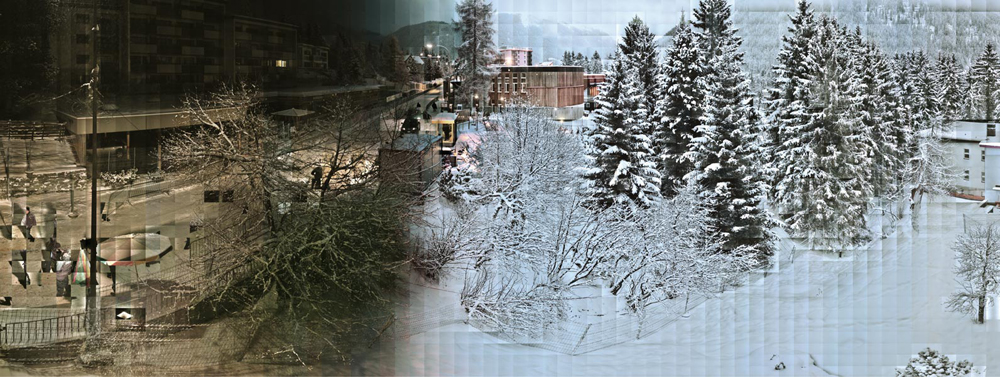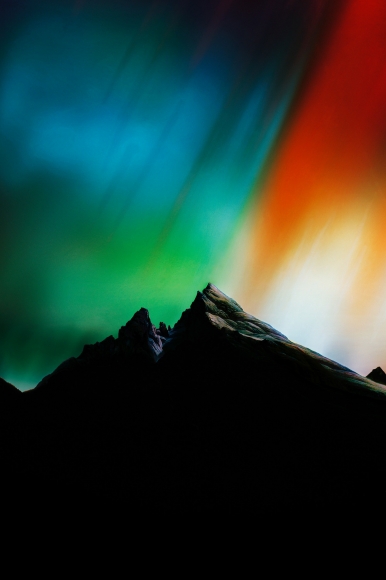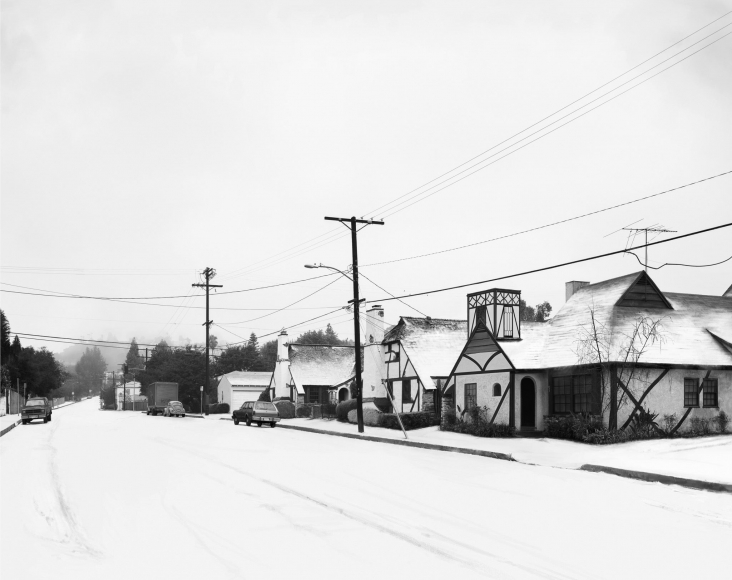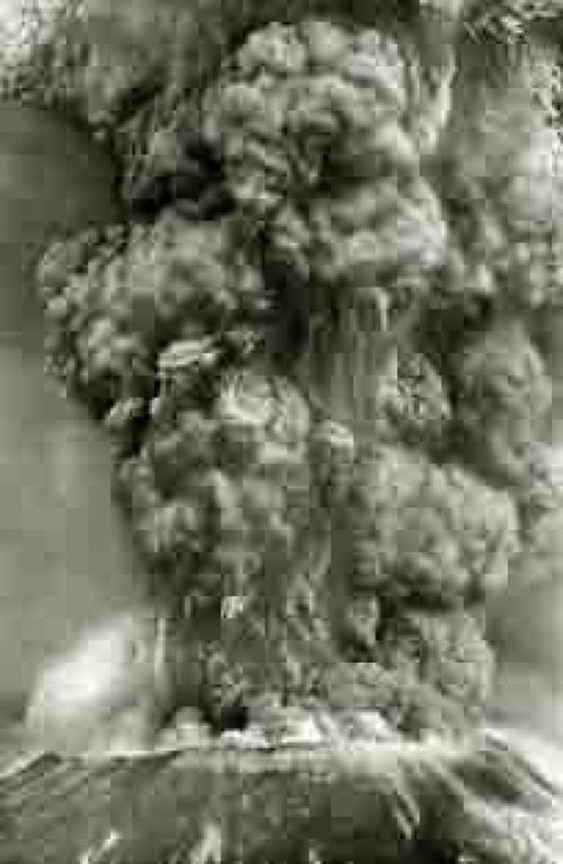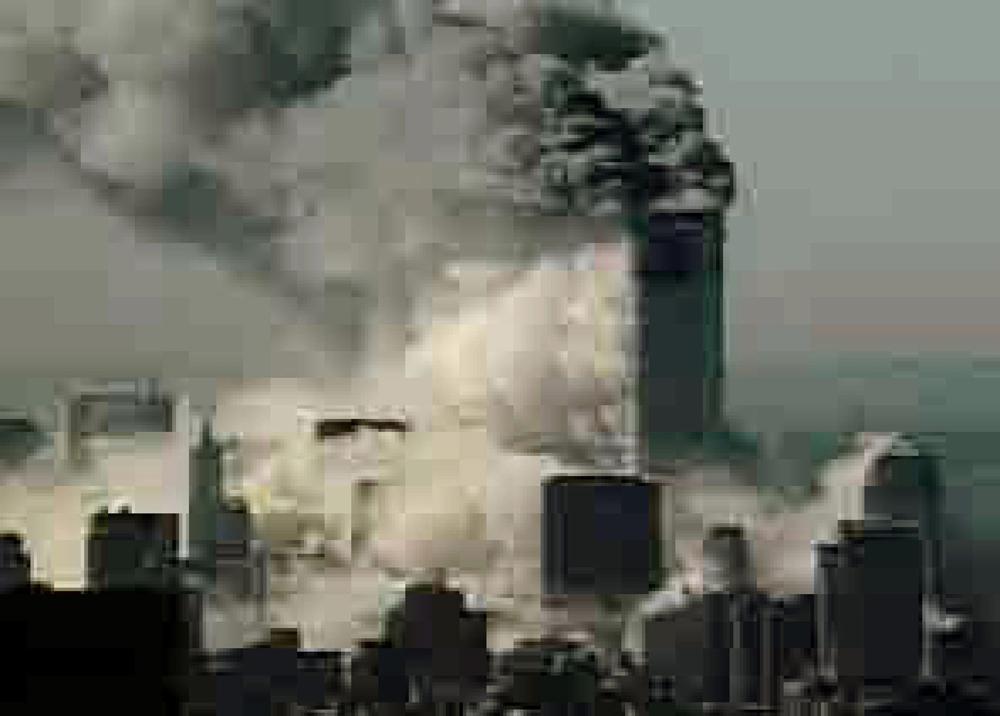Artist Blog
Every week an artist whose single image was published by Der Greif is given a platform in which to blog about contemporary photography.
Perception, Lies and Reality: Scale
Jun 06, 2017 - Jennifer Niederhauser Schlup
Scale
[…] In this category of images the notion of painting and scale play a major part. The photographers presented here create images, which play with our perception of what is clear and intelligible and depend on an active reading from the spectator. These photographs many times ask for a somewhat physical reading as we are forced to move back and forth (in space) in order to grasp the various layers of reading. Often forcing us to dive into our personal recollections, whilst relying heavily on a collective memory generated by the media, they touch upon the degree to which our understanding of reality can be manipulated through images. There are here no clear outlines, everything gets blurred and with it the impossibility to point to a sole and unique version of the truth comes to light. The vision of photography as a mirror of reality is shattered.
Jules Spinatsch’s image «discontinuous panorama A240635, 2003» encompasses the concepts of time and narration present in Hilliard’s photographs, while inviting for a new reading which involves a notion of scale. The spectator can either glance at the «photograph» in its entirety, or zoom in. When the image is looked at closely, we realize that each of the pixel-like squares, which form the whole image, is actually a photograph on its own. Suddenly, new interactions emerge, stories are created and we are forced to move back and forth while looking at it. The macro and micro converge in a new dimension.
A similar phenomenon is present in Thomas Ruff’s series «jpeg». In this series Ruff uses digital images that he enlarges way beyond their «size». He enlarges them to a point where the pixels become truly apparent, where the images lose their sharpness and capacity to precisely describe the object or landscape photographed. The viewer is forced to go back and forth between a global look and a zooming into details. The confusion remains: from up close the pixels become like blown up brushstrokes with no apparent relation to one another; from further away the pixelated image prevents us from fully grasping what is pictured. We are forced to recall images present in our memory, to make sense as to what it evokes. In Susan Sontag’s words: «Photographs, which cannot themselves explain anything, are inexhaustible invitations to deduction, speculation, and fantasy».27 Furthermore, in treating idyllic images (landscapes) in the same way as dramatic subjects (bombings) «it is impossible not to draw parallels between this experience and the daily bombardment of visual stimuli to which we are subjected, without much discernment, as to the veracity of what we are seeing. In other words, Ruff’s process emphasizes how easily the visual messages that enable us to relate to reality can be manipulated, and how fleeting their grasp of truth is».28 This brings us even deeper into the notion of perception, as we are here faced with images that play not just with the notion of point of view, but with that of a manipulated and constructed reality: «Ruff’s entire body of work is informed both by a desire to experiment with different modes of expression and by an acute awareness of the realistic effects that the camera is able to produce».29
Florian Maier-Aichen, falls more into the relationship to painting of this category, as he creates composite images in direct reference to paintings. Using a great variety of techniques – drawing, painting, photography (analogue and digital) and animation stills – he reshapes his photographs into creations straight from his mind. With these fantastic illusions, he overrides photographic truth and plays not only with the real, but also with the medium: «subverting the expected documentary quality of photography, Florian Maier-Aichen approaches his medium as a form of painterly illusion. Adopting his process as a means to «draw with light», his photos blur fact and fiction».30 Maier-Aichen plays with constructionJ an all levels, to «produce seemingly straightforward photographic landscape subjects while other images that engage the most conventional photographic techniques may themselves be subjects of pure fabrication».31 The spectator is once again left wondering, despite the fact that the images somewhat blatantly point to their untruth (being often too abstract, too idealized, or displaying otherworldly colors), where and when the disbelief should begin. We are here seeing a sort of ideal process of image making, which includes at once the most advanced techniques (digital photography, virtual imaging, etc.) as well as ancient ones; a process that allows new visual creations and perceptions.[…]
27 – p.23 SONTAG, Susan. On photography. New York: Picador USA, 1st édition, August 25, 2001
28 – Castello di Rivoli, Museo d’Arte Contemporanea. Thomas Ruff. Milano: Skira Editores S.p.a, 2009 – p.42 Giorgio Verzotti
29 – Castello di Rivoli, Museo d’Arte Contemporanea. Thomas Ruff. Milano: Skira Editores S.p.a, 2009 – p.34 Giorgio Verzotti
J – Construction: building, shaping, creating something new | the creation of an abstract entity | physical, mental and virtual | intervention (artist/human)
30 – http://www.saatchi-gallery.co.uk/artists/florian_maier_aichen.htm
31 – http://www.artrabbit.com/uk/events/event&event=14161


